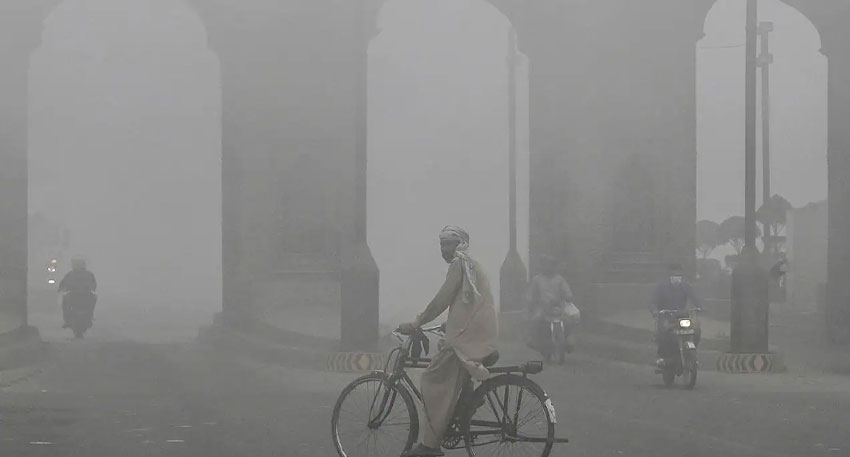
Smog has thickened over major cities in Punjab, pushing air quality to dangerous levels. Lahore recorded an AQI of 351, placing air quality in the hazardous band. Gujranwala emerged as the most polluted city in Pakistan with an alarming AQI of 521. Faisalabad and Multan also faced severe pollution, logging AQI 275 and AQI 273 respectively.
Health experts warned residents to take precautions. They advised people to wear masks, avoid strenuous outdoor work, and limit time outside to reduce the risk of respiratory problems. Children, elderly people and those with lung or heart conditions were urged to stay indoors.
Provincial authorities launched a targeted crackdown on sources of pollution. The operation aimed at both industries and individuals accused of burning waste and violating emissions rules. So far, officials have registered 22 cases and taken several violators into custody. Authorities said inspections at industrial sites will continue until air quality improves.
Environmentalists called for quicker, long-term action. They recommended stricter controls on crop burning, better industrial emissions monitoring, and incentives for cleaner fuel and technology. Experts also asked the government to expand public transport and reduce traffic congestion, which worsens smog in winter months.
Also Read: BISP payment check made easier as beneficiaries verify funds via CNIC
Schools and local administrations monitored the situation closely. Some schools prepared contingency plans to keep pupils safe if conditions deteriorate further. Hospitals reported a rise in patients with breathing difficulties, and clinics urged anyone with severe symptoms to seek immediate medical care.
Officials said they will update the public on air-quality trends and enforcement measures. For now, residents are urged to follow health guidance, avoid outdoor exposure when possible, and report visible pollution to provincial hotlines.




